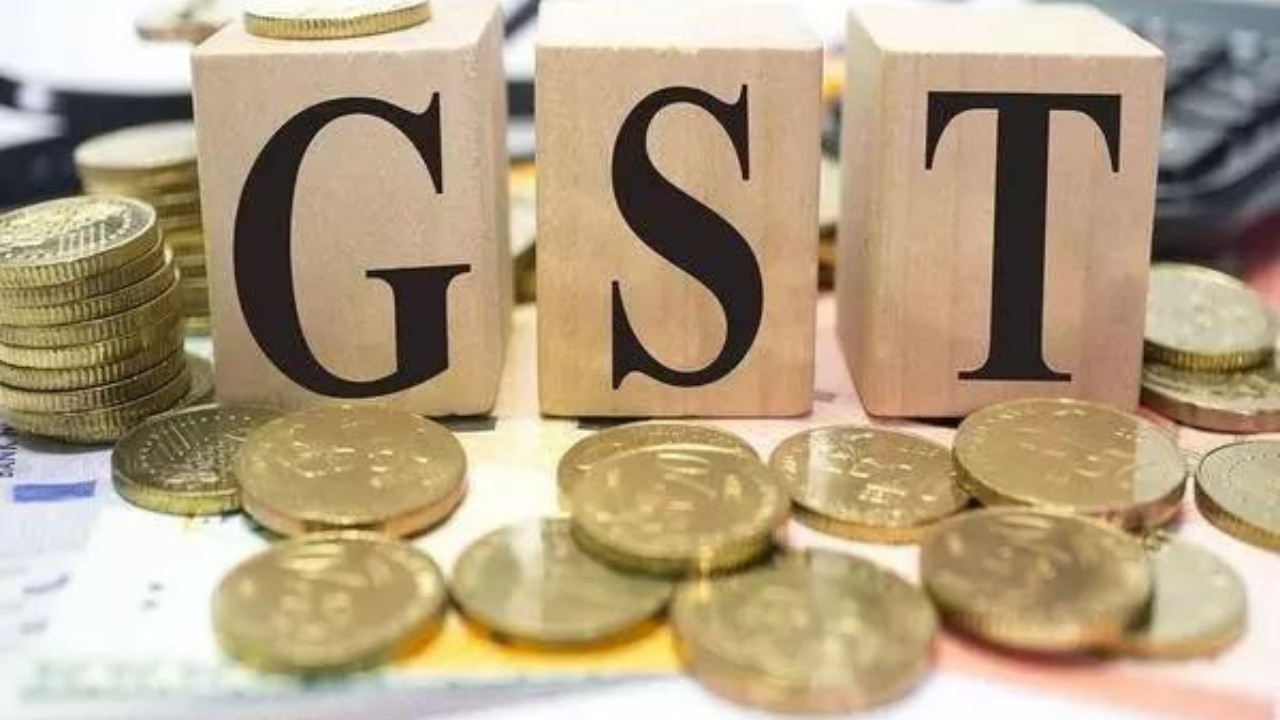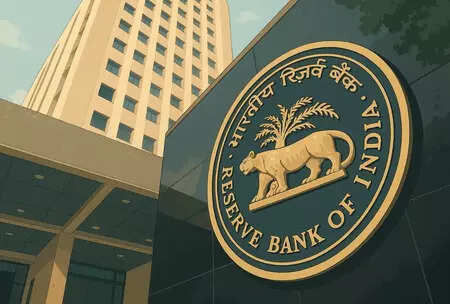Emkay Research suggests GST restructuring may raise India’s fiscal deficit temporarily. The deficit could reach 4.6 percent in FY27. However, growth benefits should compensate within three years. States’ cooperation is crucial for GST changes. Rationalization is justified despite fiscal risks. Ratings upgrades support reform. Consumer inflation might ease. GST simplification will support long-term growth in India.
A Short-Term Hiccup for Long-Term Gain? The Buzz Around Potential GST Reforms
The Indian economy, a vibrant tapestry woven with threads of ambition and growth, is constantly evolving. Right now, all eyes are on potential Goods and Services Tax (GST) reforms and what they might mean for the immediate future – and the years to come. Let’s cut through the jargon and explore what’s actually at stake.
Whispers are swirling about significant changes to the GST structure, and while the specifics are still under wraps, their potential impact is already being debated. One prominent financial analysis suggests that these reforms, while ultimately beneficial, could initially widen the fiscal deficit by approximately 0.2%. Think of it like this: sometimes, you need to take a small step back to leap forward.

This temporary increase in the deficit wouldn’t necessarily signal alarm bells ringing, but rather a strategic investment in future economic prosperity. The reasoning is straightforward: streamlining GST, ironing out inconsistencies, and simplifying compliance procedures could lead to a more robust and efficient tax collection system in the long run. This, in turn, would boost government revenue and fuel further economic growth.
Why Tweak the GST Now?
The GST, while a landmark achievement in unifying India’s tax landscape, isn’t without its complexities. Businesses, especially smaller enterprises, often grapple with intricate compliance requirements and varying interpretations of the law. Addressing these pain points through carefully considered reforms is crucial for fostering a business-friendly environment. The goal is to make it easier for businesses to operate, encouraging them to contribute more effectively to the national economy. Think of it as fine-tuning an engine for optimal performance. The current system has performed reasonably well, but is expected to mature into something much better.
The Long Game: Growth Cushions the Impact of GST Reforms
The beauty of these potential reforms lies in their long-term vision. While the initial impact might be a slight widening of the fiscal deficit, the anticipated acceleration in economic growth is expected to more than compensate for this temporary setback. It’s a calculated risk, one based on the belief that a streamlined and efficient GST system will unlock significant economic potential.
Imagine a scenario where businesses spend less time and resources on tax compliance and more on innovation, expansion, and job creation. That’s the promise of these reforms. The projected uptick in economic activity should generate higher tax revenues, effectively cushioning the impact of the initial deficit increase and potentially even leading to a fiscal surplus in the long run.
Who Stands to Benefit from These GST Reforms?
The ripple effects of these potential changes could be felt across the entire economic spectrum. Businesses, particularly small and medium-sized enterprises (SMEs), would benefit from simplified compliance procedures and reduced administrative burdens. Consumers could see lower prices as businesses pass on the benefits of increased efficiency. The government would benefit from higher tax revenues and a more robust economy. Essentially, it’s a win-win situation for all stakeholders.
For additional insights, check out this article on [How Government Policies Impact Small Businesses](Internal link example).
Navigating the Path Ahead
Of course, the successful implementation of these GST reforms hinges on careful planning, effective communication, and close collaboration between the government and the business community. It’s crucial to address any potential challenges proactively and ensure a smooth transition to the new system. Transparency and stakeholder engagement will be key to building trust and ensuring that the reforms achieve their intended objectives.
Ultimately, the potential GST reforms represent a bold step towards building a more efficient, equitable, and prosperous Indian economy. While there might be some short-term bumps along the road, the long-term benefits are undeniable. A streamlined and efficient tax system is essential for attracting investment, fostering innovation, and driving sustainable economic growth. It’s about laying the groundwork for a future where India’s economic potential can be fully realized. The time to act is now.







